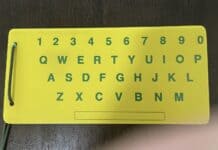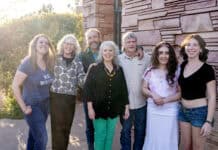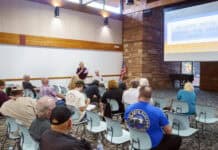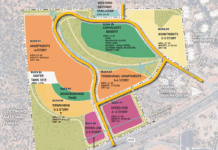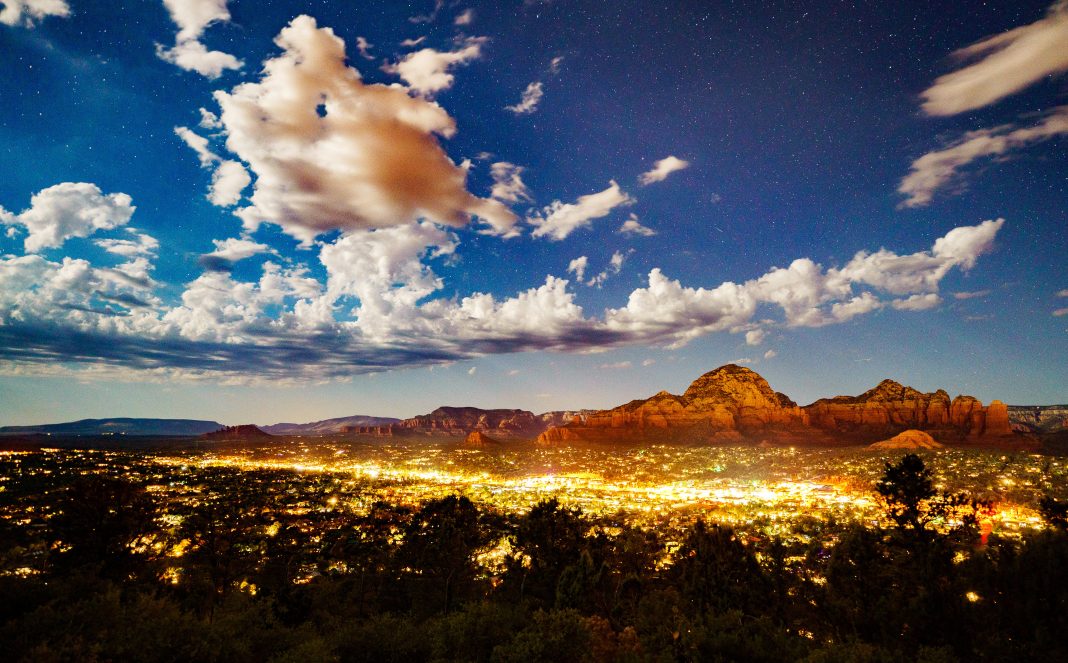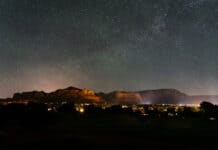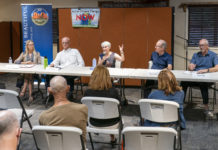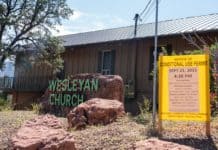Two years ago the city of Sedona’s Land Development Code was updated and simplified — the first time in more than two decades. So it’s no surprise that since then it was necessary to make some tweaks to it here and there.
During the July 21 Sedona Planning and Zoning Commission meeting, commissioners were looking to do some housekeeping regarding the updated LDC. The proposed revisions included typographical and clerical corrections, changes for clarity, elimination of redundancies and other more substantive revisions to better reflect the intent of the LDC and goals of the Sedona Community Plan.
“We ended up with a much-improved document over the previous code that is much more user friendly,” Senior Planner Mike Raber said. “But as thorough as our review process was, there’s always going to be things we could have worded differently, things we missed or things we couldn’t have anticipated without actually working with the code. We always understood that revisions would have to be made just given the huge scope of the document.”
While the commission agreed upon more than 50 changes of varying degrees throughout the updated LDC, the one sticking point they had dealt with lighting. After nearly two hours of discussion, commissioners agreed that there was no consensus regarding approval of the proposed lighting changes. That split will be conveyed to the Sedona City Council, which will approve the changes to the LDC in a future meeting.
In his presentation, Raber said there are several proposed changes to the lighting standards that were originally proposed by the Keep Sedona Beautiful nonprofit. Staff met with KSB representatives several times regarding their recommended changes. Staff did not, however, include all of their requested changes, acknowledging the need to balance dark skies with allowing lighting sufficient for the public to feel comfortable gathering in commercial areas and ensuring safety when doing so.
In the current LDC, all Class 2 lighting — for security and public safety, also including parking lots — is to be either low pressure sodium, narrow spectrum amber LEDs or warm lighting alternatives not to exceed a color temperature of 3,000 Kelvin. Kelvin, in layman’s terms, is a unit used in lighting to measure the color temperature of a particular light bulb. And in short, the higher the Kelvin rating, the whiter the light will be.
In a letter to the city, KSB President Bill Pumphrey wrote that the organization opposes Sedona moving forward with approved use of warm lighting alternatives without understanding the full and future impact.
“To retain residents’ and visitors’ view of the night sky, with a prominent Milky Way and many thousands of stars visible, we must ensure that new or updated outdoor lighting does not create additional skyglow,” a portion of Pumphrey’s letter read.
“Unfortunately, many new types of LED lights have a strong component of blue in the spectra that adds an especially high amount of skyglow. Use of such lighting over the years could unintentionally add to the skyglow we all want to limit.”
One of KSB’s requested changes would limit Class 2 lighting only to the low pressure sodium or the narrow spectrum LEDs and not allow other lighting alternatives.
“Staff believes that the current LDC provisions should remain and are sufficient to maintain this balance between dark skies and other considerations such as safety and security, with a new upper limit of 2,700 Kelvin instead of 3,000 Kelvin for the alternatives that are not low pressure sodium or narrow spectrum amber,” Raber wrote in his report.


